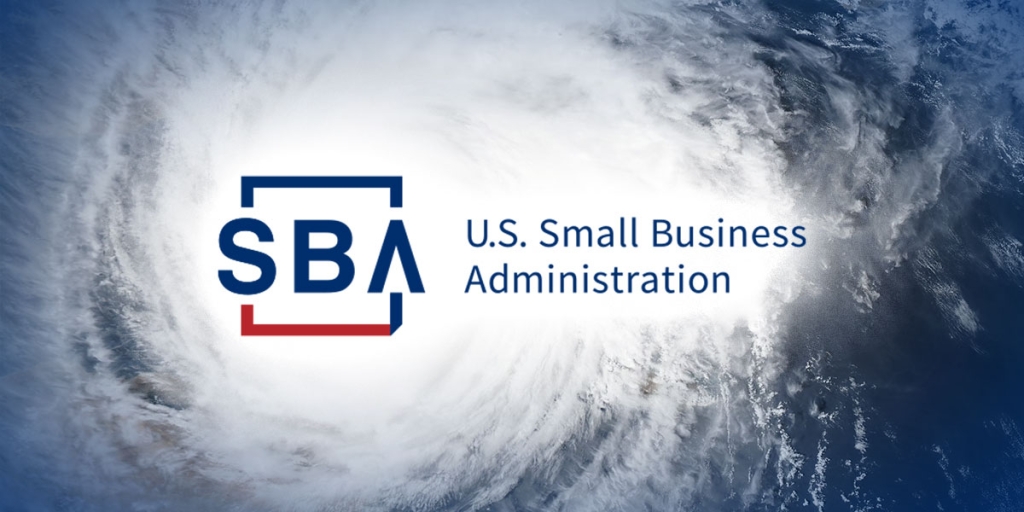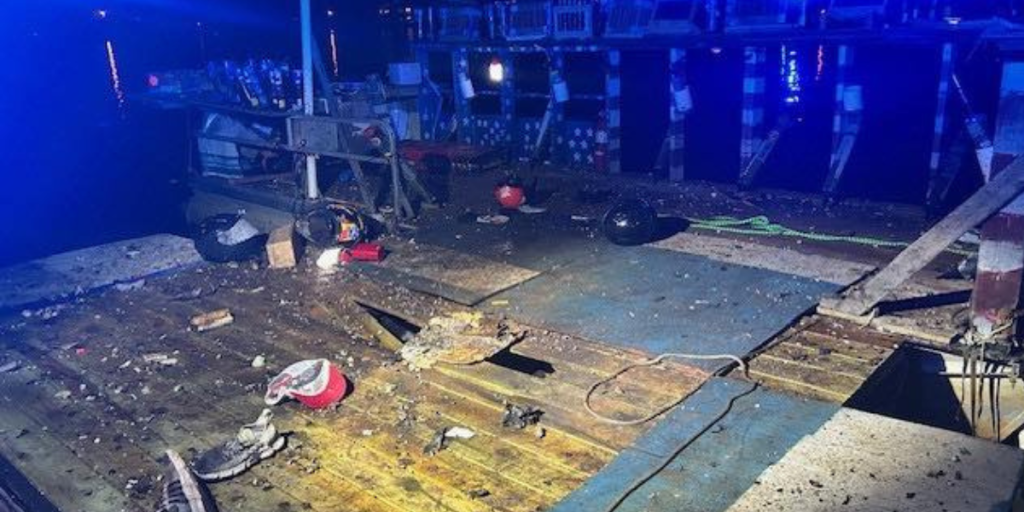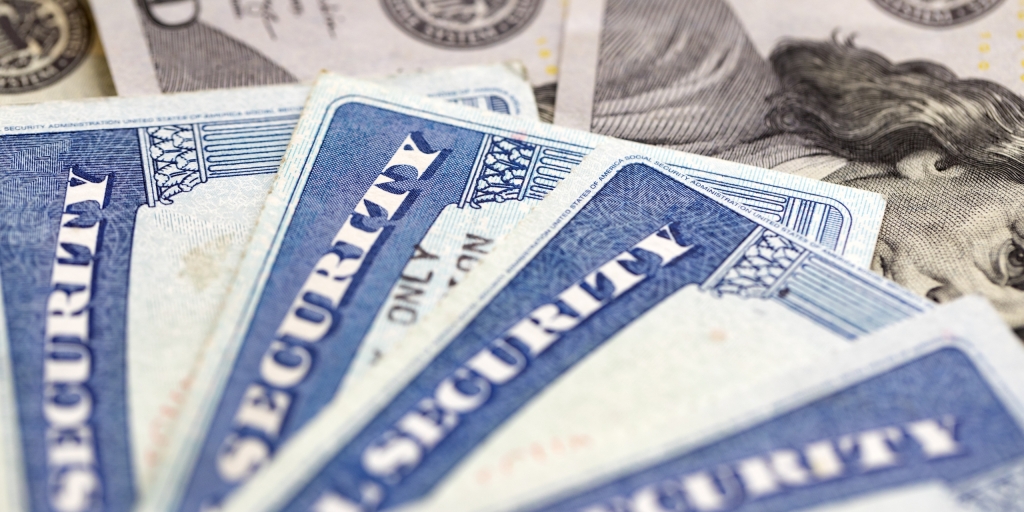Every year, Americans – often youngsters – suffer serious eye injuries from fireworks on the Fourth of July. People like teenager Jameson Lamb, robbed of his vision in his right eye at age 16 when a Roman candle he thought was extinguished hit him in the face. Or Erika Rodriguez-Loza, 14, who was permanently blinded in one eye when a firework burned her optic nerve.
Children and teenagers are nearly twice as likely to be injured by fireworks than are adults, and 15% of fireworks injuries involve eye trauma.
But you don’t have to be a kid or even lighting the fireworks yourself to suffer a serious eye injury. In fact, more than half of fireworks injuries are suffered by bystanders who are simply watching the pyrotechnics when something goes awry.
With Independence Day on the horizon, it’s the perfect time to focus on protecting our eyes and dispelling several myths about fireworks that put people at risk of blindness.
Myth #1: Consumer fireworks are harmless. Fireworks can cause blinding eye injuries such as chemical and thermal burns, corneal abrasions or retinal detachment. If you have plans to celebrate July 4th with fireworks, it is essential to wear eye protection.
- Myth #2: Sparklers are made for little kids and aren’t dangerous. Don’t let their small size fool you. Sparklers burn at more than 2,000 degrees Fahrenheit. That’s hot enough to melt certain metals. Sparklers are responsible for about 1,400 eye injuries each year.
Myth #3: Duds are harmless. All fireworks should be handled with extreme caution and that includes malfunctioning fireworks. Do not try to relight faulty fireworks. Instead, soak them thoroughly with water using a hose from a distance and throw the dud away.
Myth #4: Only those handling the fireworks are at risk. Fireworks-related eye injuries often happen to bystanders. Watch fireworks from a distance and make sure you and everyone else watching the pyrotechnics with you are wearing eye protection.
If an eye injury does occur, seek medical attention immediately. Even eye injuries that may seem minor should be treated right away to prevent further damage or infection.
Too many people just don’t see the potential life-changing harm in sparklers, firecrackers and bottle rockets. They learn too late the necessity of wearing eye protection. It’s always best to leave fireworks to the professionals. But if you choose to celebrate the Fourth with fireworks, don’t buy into the myths. Wear safety glasses and take the necessary precautions to keep yourself, your family and your friends safe.
If you want more tips and information about protecting your eyesight this Fourth of July, visit www.eyesmart.org.
Dr. Wyatt earned his medical degree from Vanderbilt University School of Medicine and completed an ophthalmology residency at the University of Alabama at Birmingham/Eye Foundation Hospital. He has been in private practice at Wyatt-Kirkpatrick Eye MD Associates in Selma since 1999. Dr. Wyatt currently serves as President of the Alabama Academy of Ophthalmology.













